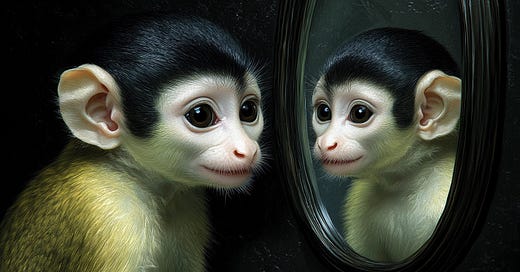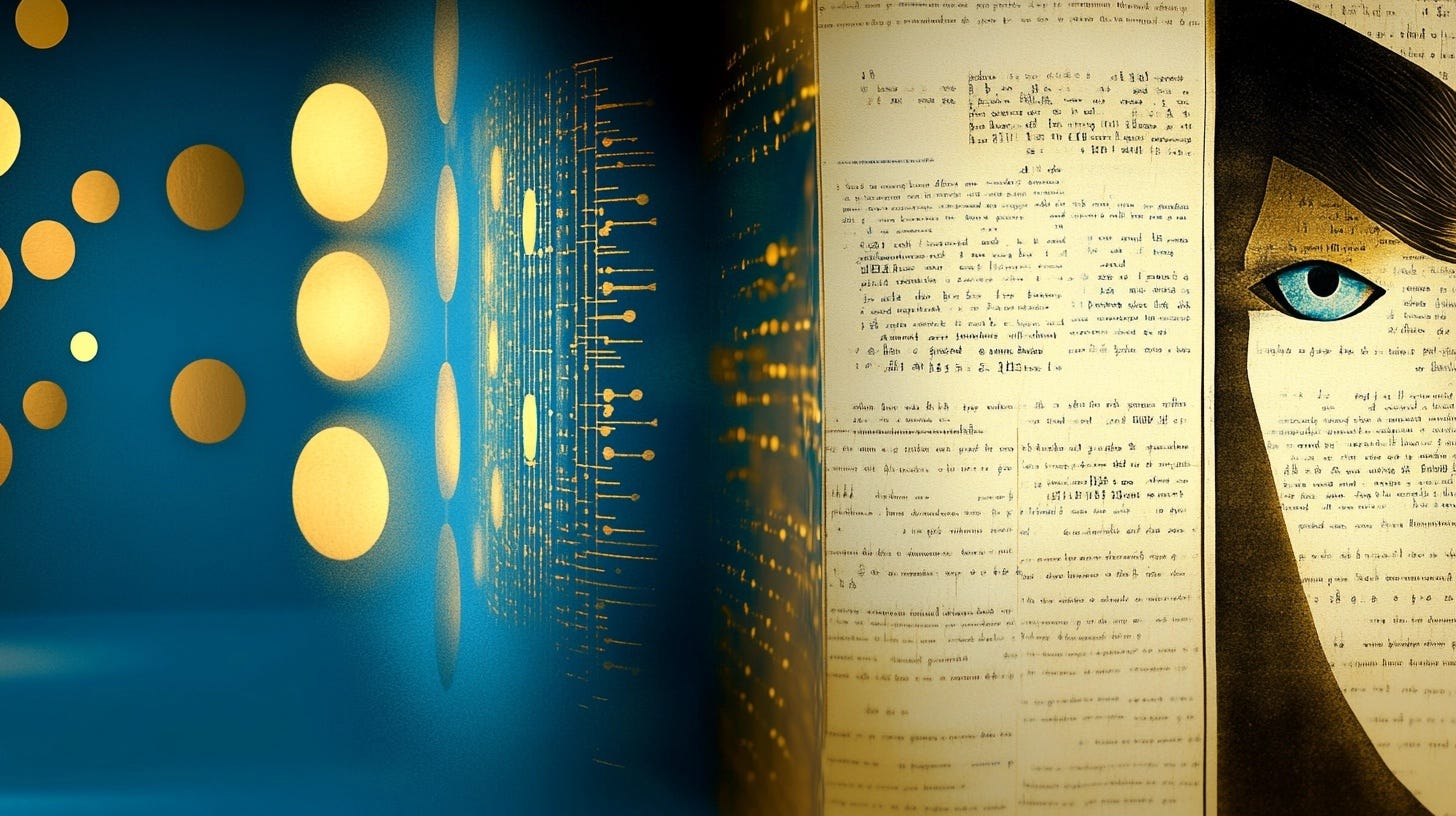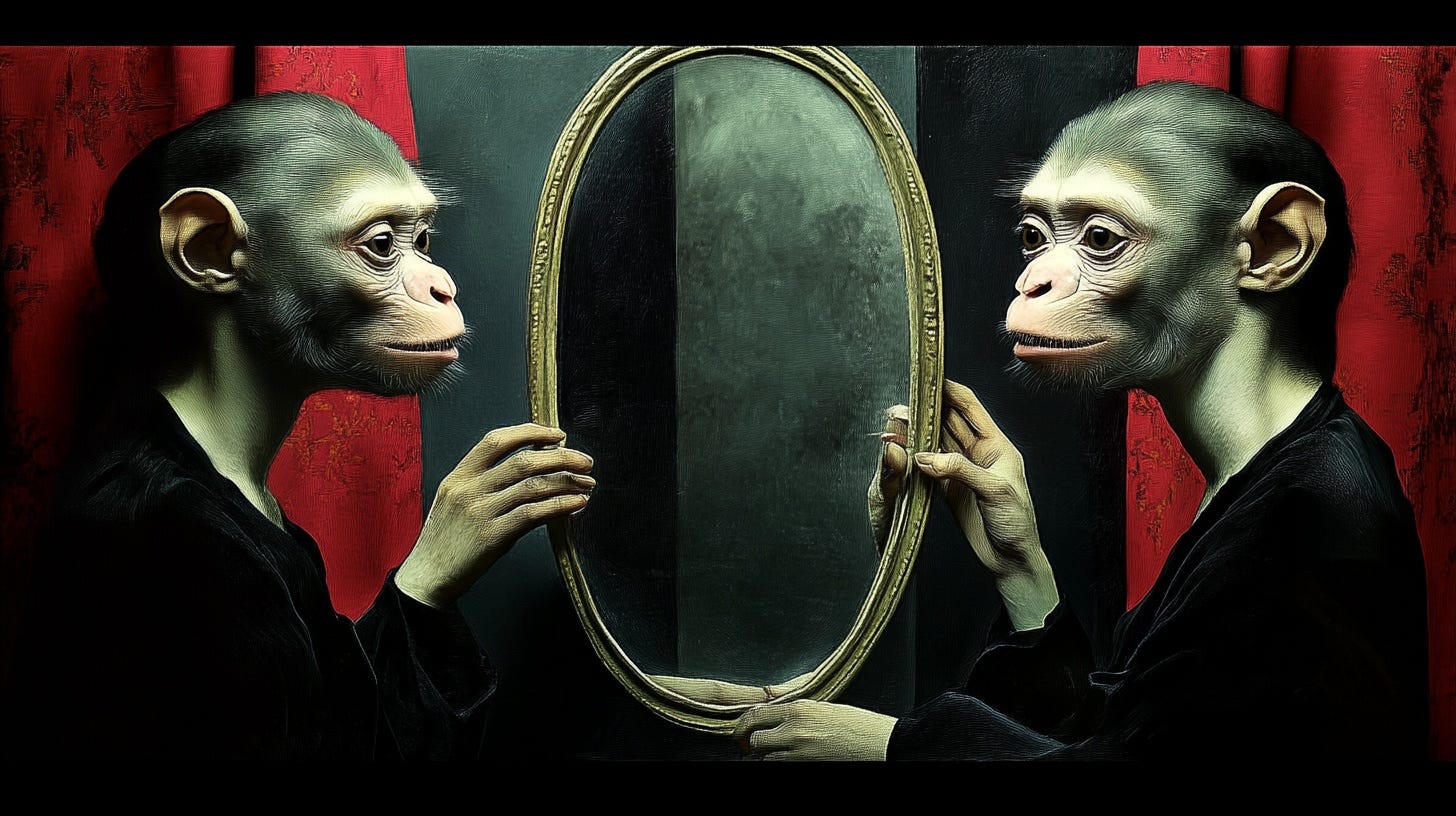The unknown, like a mirror, does not reveal itself but reflects back what we project onto it. It holds the tension of potential, of what might be, and invites us to step into its depths. In the realm of artificial intelligence, this reflection becomes a powerful lens to examine not only the systems we build but also the limits and biases of our own thinking.
Blaise Pascal’s quote from 1658 resonates deeply
“Languages are ciphers in which letters are not changed into letters, but words into words, so that an unknown language can be deciphered.”
Pascal, Blaise. Pensées de Pascal. Bibliothèque Nationale de France, http://www.penseesdepascal.fr/XXIII/XXIII12-approfondir.php
A cipher, in Pascal’s time, represented absence, concealment and revelation—a coded message waiting to be deciphered, its meaning contingent on the interplay of knowledge and translation, context and interpretation.
The Historical Roots of Cipher
The term “cipher” carries a lineage as intricate as the concept it represents. Deriving from the Arabic word “sifr” (zero), it finds its origins in the Sanskrit “shunya,” meaning “empty” or “void.” This essential mirroring from the mathematical concept of nothingness to a linguistic tool of encoding reveals an intimate connection: meaning, like numbers, emerges from the void. In this void lies the paradoxical richness of absence—a space where the unknown is not a lack but a fertile ground for discovery.
In the world of AI, this parallels the mechanisms by which machines interpret data. AI systems, much like ciphers, do not operate on a one-to-one mapping of reality but instead construct layers of relational meaning. They decode patterns within patterns, revealing insights embedded in the spaces between data points. Just as a cipher transforms the void into meaning, AI transforms raw information into structures of understanding.
AI and the Cipher of Nature
Nature itself operates as a grand cipher. The growth of a tree, the migration of birds, or the rhythm of planetary systems—these are encoded patterns, vast and intricate, waiting to be deciphered. AI, as an interpreter, extends our capacity to read these natural codes. It deciphers the undeciphered, mapping connections that were previously invisible to human perception.
However, this decoding is not passive. AI’s role as an interpreter is shaped by the frameworks we impose—our questions, biases, and intentions. In this way, the act of decoding becomes collaborative. The cipher’s key evolves, reflecting our collective inquiry into the unknown. What emerges is not merely a set of answers but a dynamic dialogue between human and machine, known and unknown.
The Epistemology of Emptiness
The origins of “cipher” in concepts of emptiness highlight an essential truth: absence is as significant as presence. Meaning arises not only from what is but from what is not—from contrast, difference, and context. AI, too, operates within this framework, interpreting gaps and absences as crucial to the generation of meaning.
Pascal’s insight illuminates this dynamic. To decipher is to engage with the unknown, to draw meaning from the void. This is not a mechanical process but a deeply creative one, requiring intuition and the willingness to embrace uncertainty. AI, in this sense, becomes a mirror to our own processes of understanding, reflecting the intricacies of meaning-making back to us.
Embracing the Unknown
The mirror of the unknown demands humility. It asks us to see the unfamiliar not as a threat but as an invitation to explore. AI, in its capacity to decipher and reinterpret, challenges us to rethink our relationship with knowledge and absence. It holds up a mirror to our assumptions, revealing the gaps in our understanding and inviting us to bridge them.
What, then, do we see when we gaze into this mirror? The unknown reflects not only the systems we build but the aspirations, fears, and creativity that drive us. It becomes a space of potential—a cipher whose key lies in our willingness to engage with the void.
This exploration invites us to consider the interplay between AI, information, and the unknown. As we navigate this landscape, we are called not only to build but to reflect, not only to decode but to dream. For it is in the spaces between—the voids—that meaning is born
.







